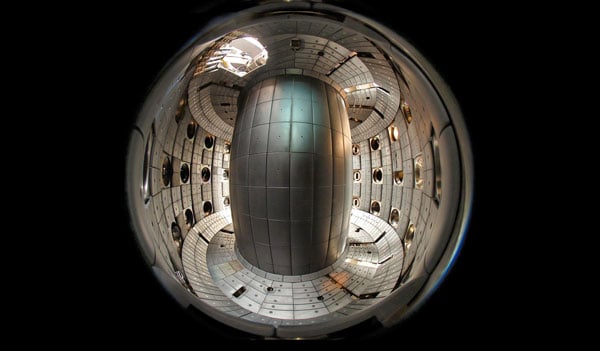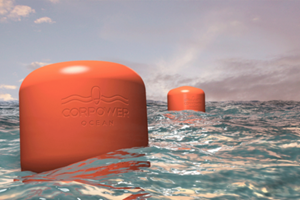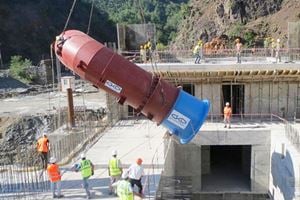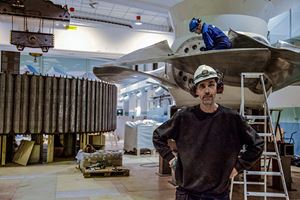Fusion Power
With fossil fuels running out and the need to reduce greenhouse gases continuously growing, fusion power could potentially be the answer to the world’s long-term energy concerns.
The Swiss Plasma Center – part of the world renowned university École Polytechnique Fédérale de Lausanne (EPFL) – is one of the institutions at the forefront of the worldwide development of this new energy source.
One of the key components of its research is the TCV tokamak, an experimental magnetic-confinement fusion reactor. To deliver the requested energy, a synchronous generator and its flywheel are accelerated up to 3,600 RPM. During the experiment the energy is extracted leading to a fast deceleration of the rotating group. This process, which is undertaken around 3,000 times a year, puts tremendous pressure on the generator’s coupling and bolts.

In the past, the Swiss Plasma Center had experienced problems with vertical, horizontal and axial vibrations. With RPM as high as 3,600, the vibrations can be very dangerous to the coupling and the whole generator.
However after consulting Nord-Lock engineers, who assisted with calculations and designs, Superbolt Expansion bolts have since been installed.
The main advantage of the Expansion bolts is that they allow for precise and reproducible alignment of the coupling flanges during assembly, and as a result, reduce the need for demanding balancing of the shaft line.
Customer: EPFL (École Polytechnique Fédérale de Lausanne)
Item: Flywheel pulse synchronous generator
Production: Swiss Plasma Center
Capacity: 254.40 MW





